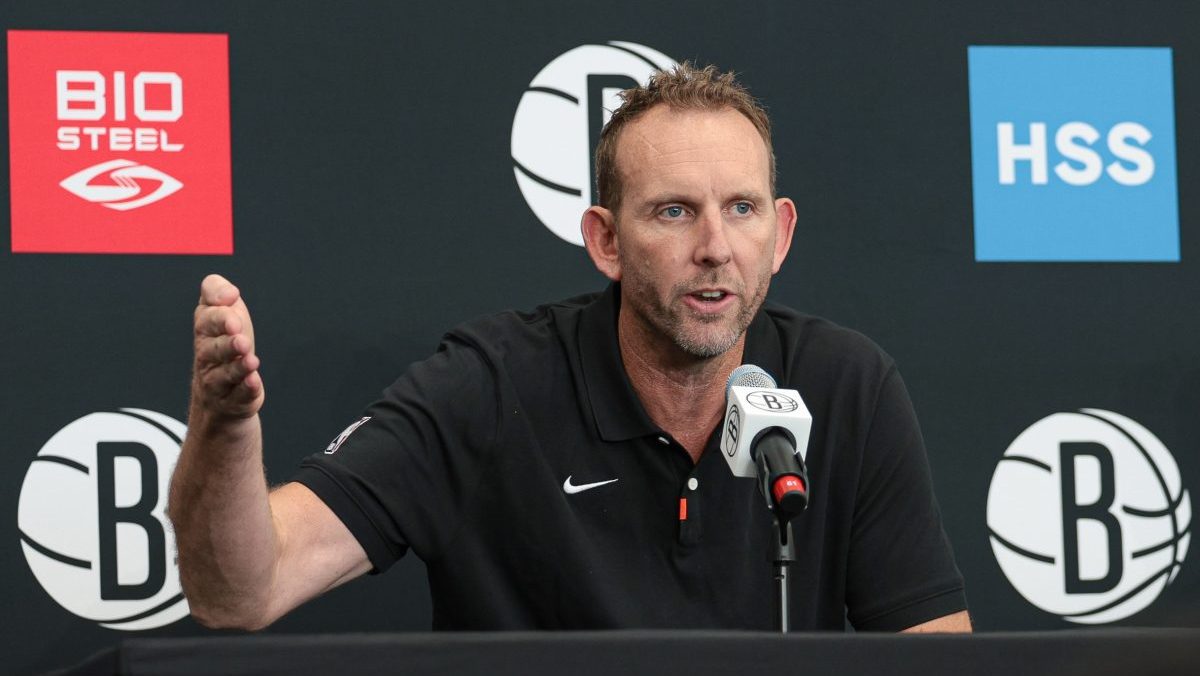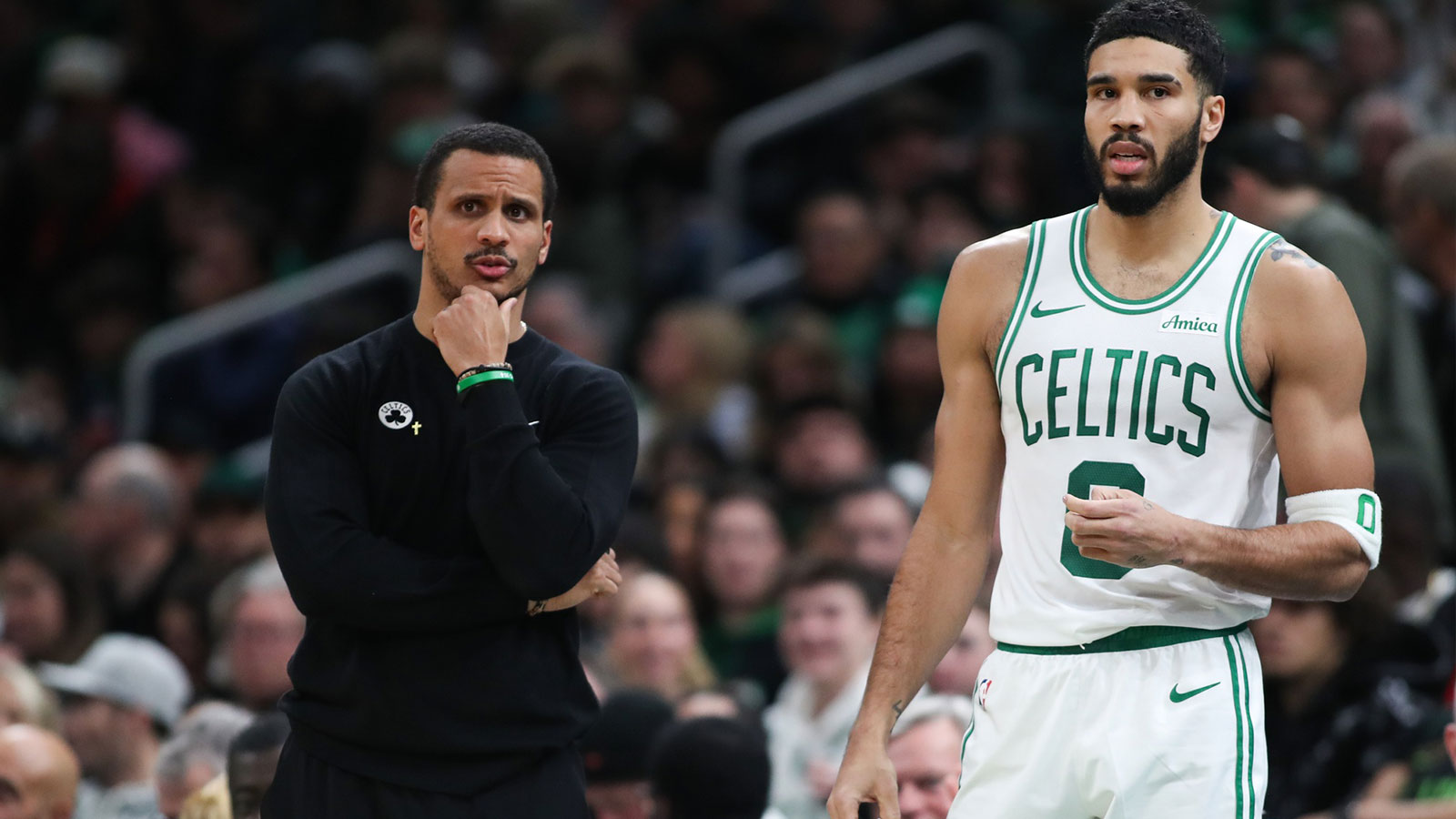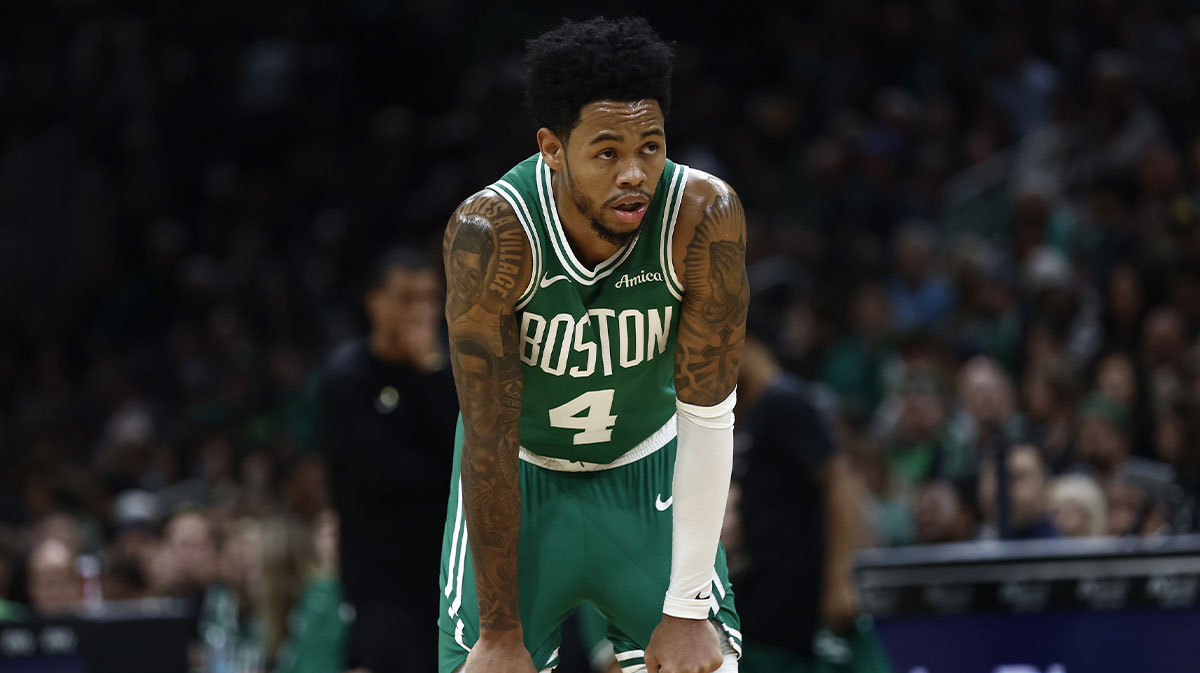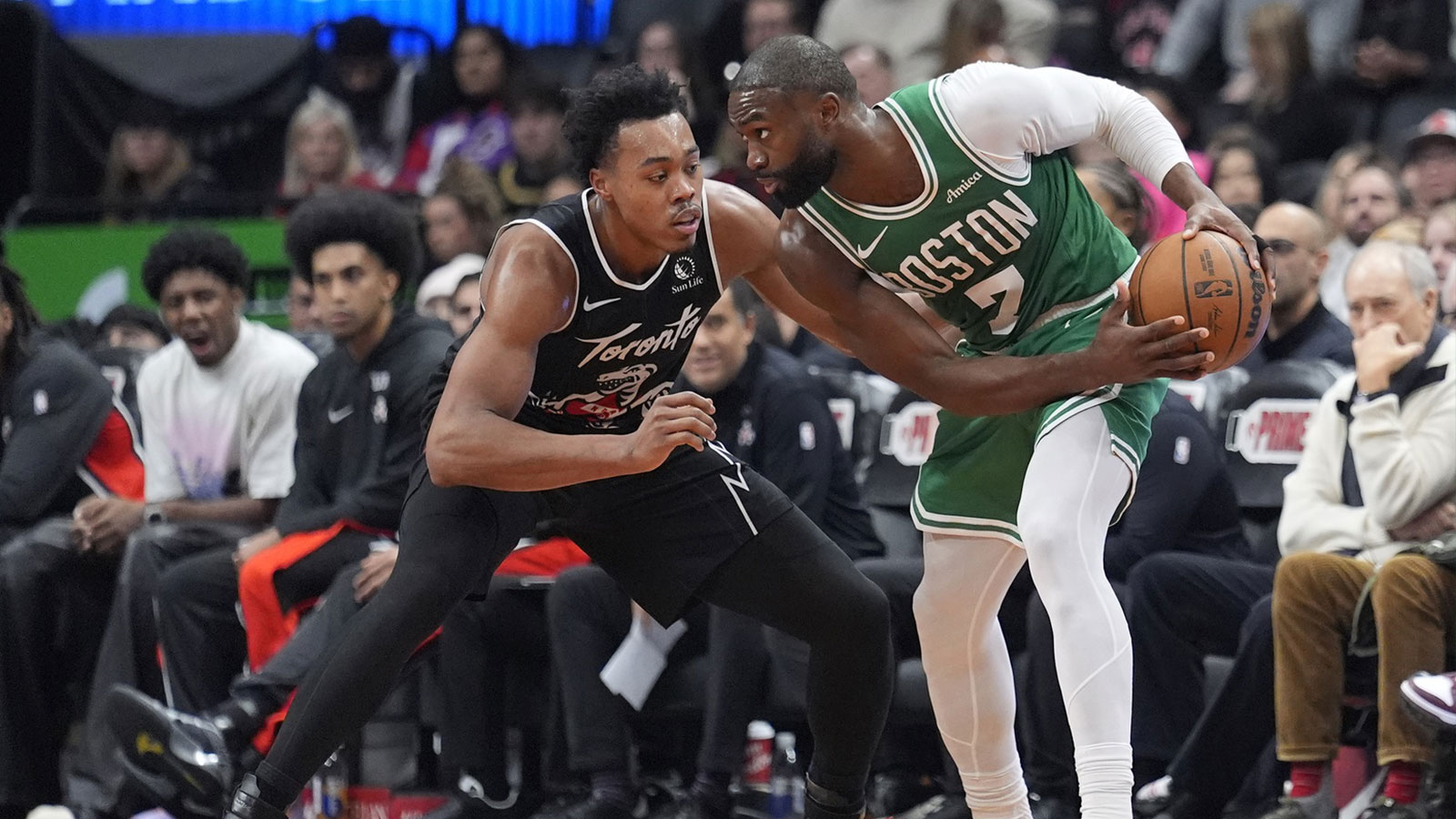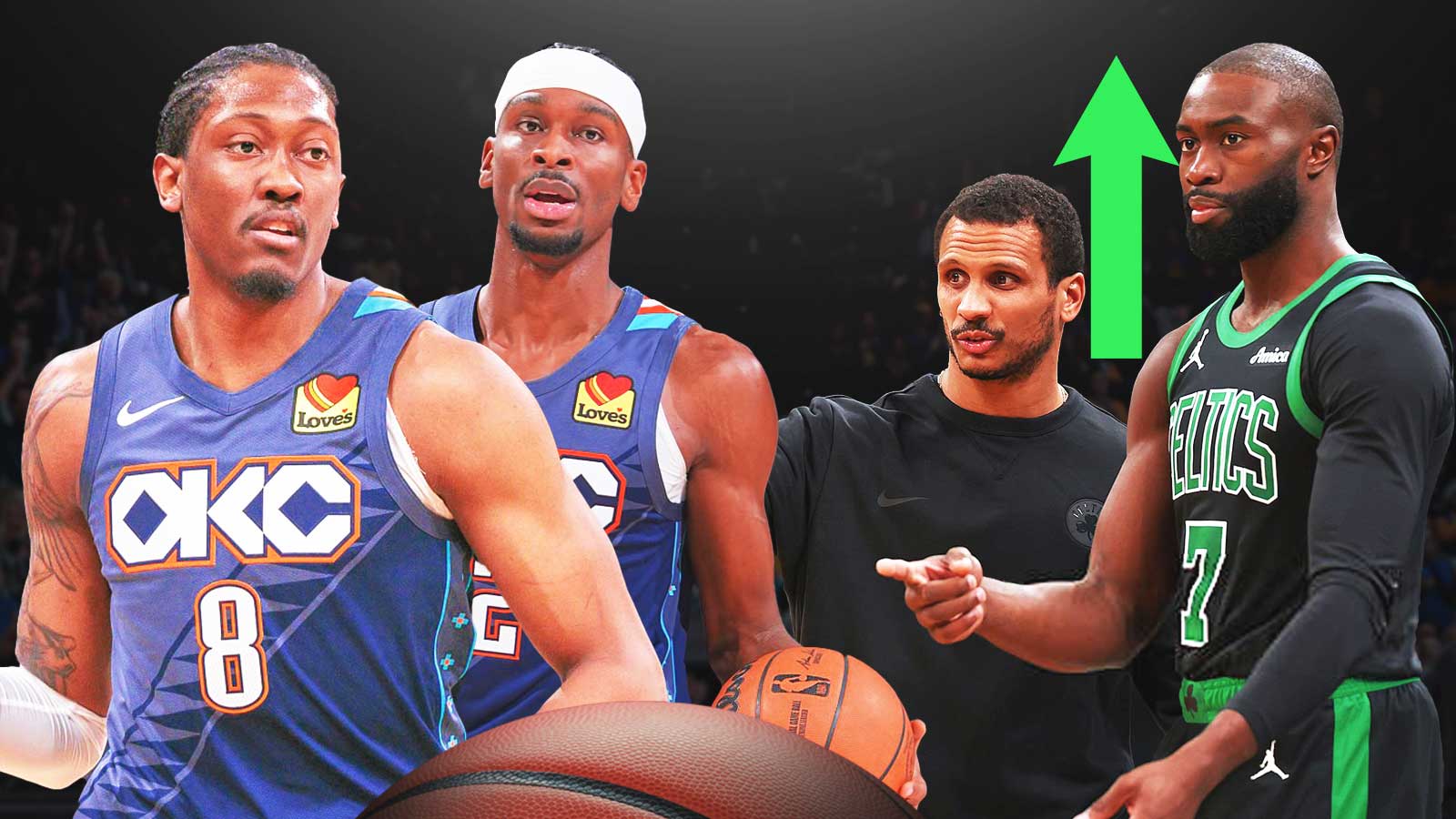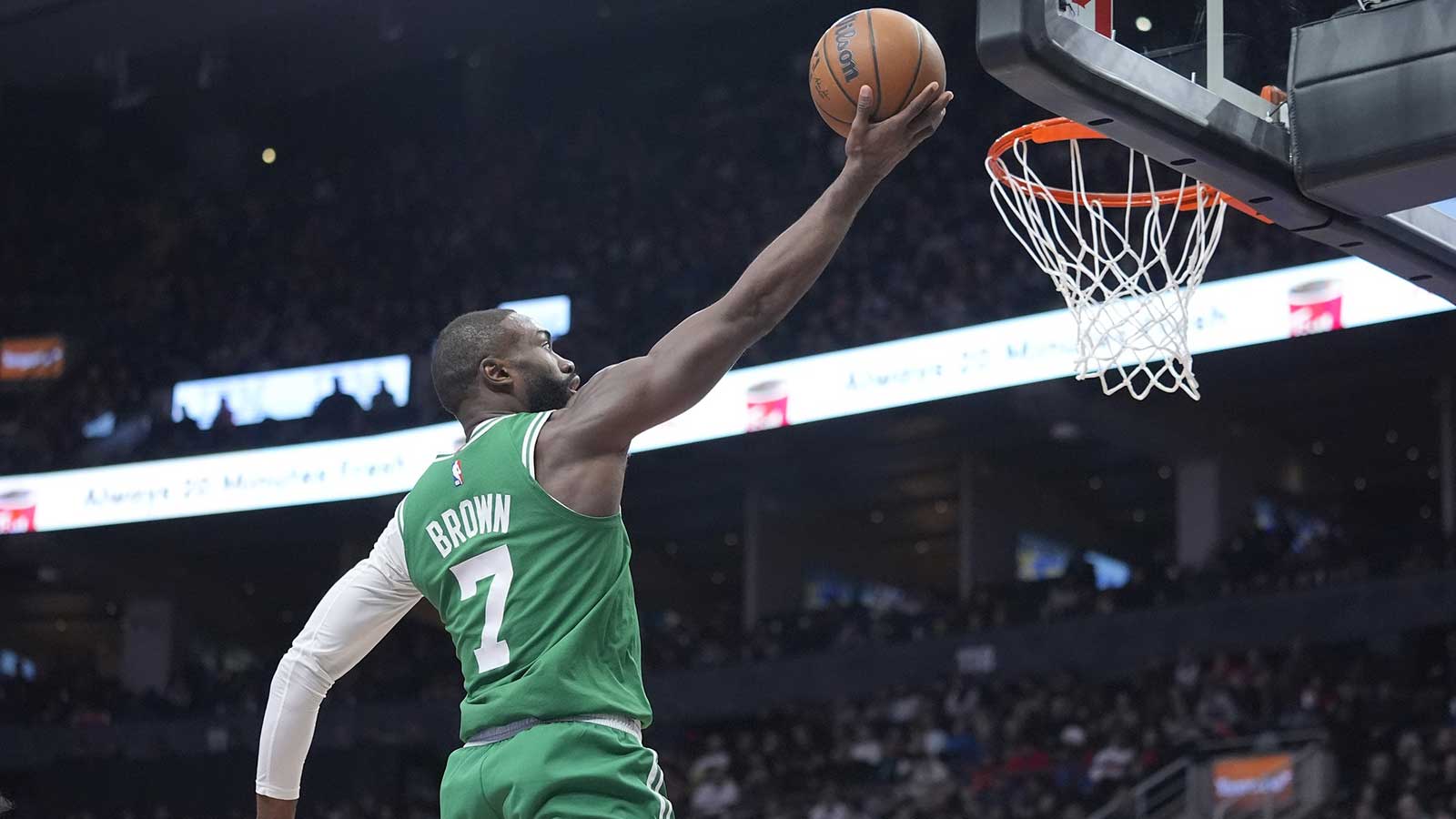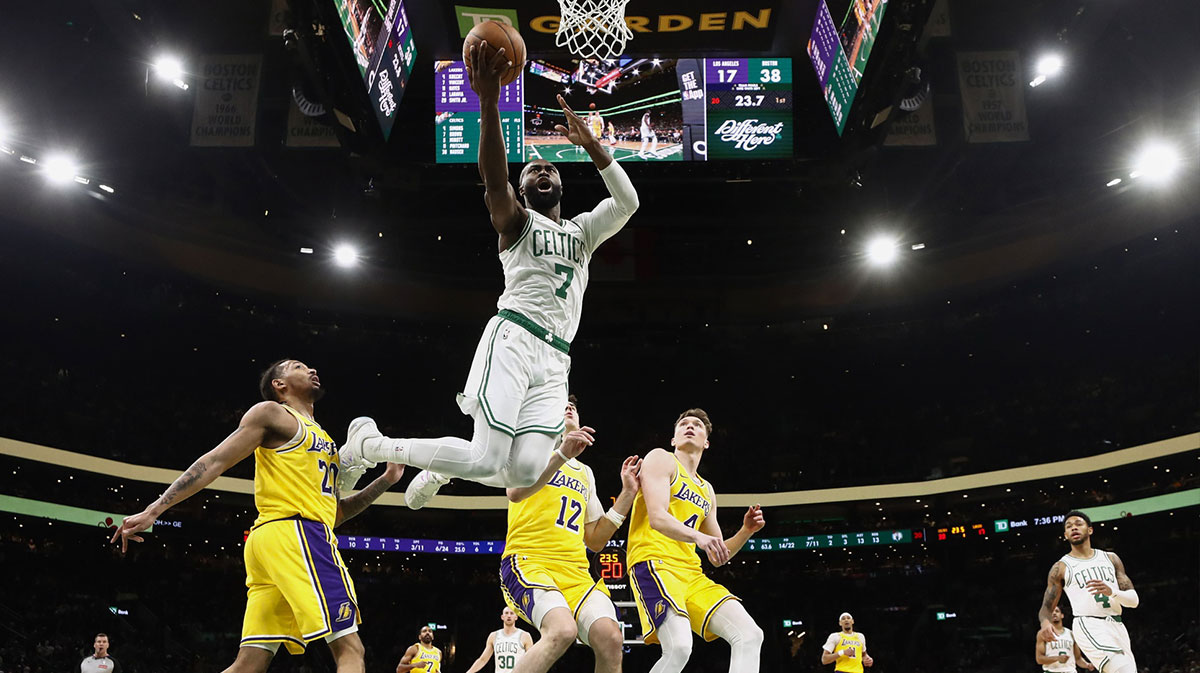Gordon Hayward returned to the Boston Celtics for Game 3 on Saturday night against the Miami Heat, and the C's are back in the series.
The Celtics blew late leads in both Game 1 and Game 2. Whereas Boston's offense became stagnant at the end of games, the Heat found ways to score and make the necessary hustle plays to pull out wins.
Things seemed even worse for the Celtics after Marcus Smart and Jaylen Brown reportedly got into a shouting match after Game 2. The series was hanging in the balance, but Hayward's return might have provided the turning point.
Boston controlled nearly every aspect of the game on Saturday, pulling out a 117-106 victory over the Heat and making this a competitive series again heading into a pivotal Game 4 on Monday.
Hayward not only played in his return from a sprained ankle, he played extensively. The former All-Star logged over 31 minutes, giving the Celtics another creator and noted perimeter defender.
Here are four takeaways from Hayward's return to the Celtics.
Shooting Rust
A quick look at the box score would seem to indicate Hayward did not add a ton of value.
The idea was Hayward would give the Celtics another scoring option. Boston reverted to iso-ball late in Game 1 and Game 2, constantly depending on Kemba Walker or Jayson Tatum to create for themselves and often ending up with contested jumpers.
But Hayward did not do a whole lot of scoring.
The 30-year-old had just seven shot attempts, making just two of those efforts and going 1-for-3 from beyond the arc.
By all accounts, this was to be expected. Hayward went through moments of passivity even when he was healthy during the regular season. He also only just began shooting again earlier in the week, and is likely still getting a feel for that ankle.
The rust was evident from a scoring perspective. However, Hayward's mere presence clearly had a profound impact on Boston's offense and spacing.
Another playmaker
What Hayward lacked in scoring, he made up for in spades with his ability to find the extra pass or create scoring opportunities.
Hayward had four assists on Saturday night, He excelled in orchestrating more ball movement and asserting himself on the ball.
Take a look at this screen-and-roll look with Daniel Theis.
good to see this guy back on the court 😏 pic.twitter.com/pI7LHhHk92
— Boston Celtics (@celtics) September 20, 2020
Hayward initiates the play, with Kemba Walker providing a sort of rip-through screen and Theis coming over at the point. Hayward gets the switch he wants, with Heat big man Kelly Olynyk coming over as the on-ball defender.
Once Olynyk switches, the Celtics have the advantage. Hayward immediately attacks the switch, going at Olynyk and forcing the help defender (Bam Adebayo) to help off Theis. This gives Hayward an easy passing lane to find Theis for a dunk.
Even when Hayward did not record an assist, he made plays. Walker would find driving lanes and kick the ball to Hayward on the perimeter, and Hayward would subsequently get rotations or late closeouts out of position by making an extra pass.
Perhaps the most evident impact Hayward had was the added spacing he provided as a guy who garners respect as a perimeter shooter and ball handler.
The Celtics spread the Heat out, with Walker, Jayson Tatum and Jaylen Brown all getting into the paint and maximizing their potential as cutters.
Miami wants its opponent to launch from the perimeter. But Hayward's inclusion in the rotation gives the Celtics the opportunity to be more aggressive and attack the paint, which in turn makes Theis more valuable as a screener.
Boston had 24 assists in Game 1 and just 19 in Game 2. But Hayward's ability to facilitate ball movement and driving actions led to 27 assists in Game 3.
The Celtics become that much harder to guard when the ball moves especially because of guys like Tatum and Brown, who can make plays at the rim or from the perimeter.
Hayward initiating more offense should continue to create more switches and force Miami to guard more effectively.
Rebounding
The rebounding battle was something of a toss-up in the first two games. Miami won the battle in Game 1, with the Celtics narrowly out-rebounding the Heat in Game 2.
But Hayward's return in Game 3 gave Boston added size and length, which it used to dominate on the boards.
The Celtics pulled down a series-high 50 boards and 10 offensive rebounds on Saturday. Hayward himself played a role in clearing the boards, grabbing five rebounds.
Controlling the glass is an enormous part of this series for the Celtics. Both teams run out smaller rotations, but having the ability to play Hayward over a Brad Wanamaker gives Boston added size and rebounding, in addition to the offensive upside.
Wing defender
One of the reasons the Heat have been so tough this postseason is because of how well Jae Crowder has played as an on-ball defender.
Miami boasts a pair of staunch defensive wings in Crowder and Jimmy Butler, physical guys with good size and quick hands.
Hayward offers similar attributes.
The veteran has the athleticism to switch and get through screens, and he was a major disruptor in preventing Miami's dribble hand-offs.
Hayward was everywhere in the passing lanes, finishing the game with three steals and also adding a block. He can hold his own on the perimeter and in the paint while leveraging his size.
Miami shot just 27 percent from deep in Game 3, and Hayward's ability to switch and contest played a large role in the Heat's struggles.
Rachel Nichols of ESPN reported Hayward will not leave the bubble for the birth of his child, as originally planned.
With Hayward now in the fold for the foreseeable future, the Celtics have a much better chance to solve the Miami puzzle and even the series at two games apiece on Monday.









